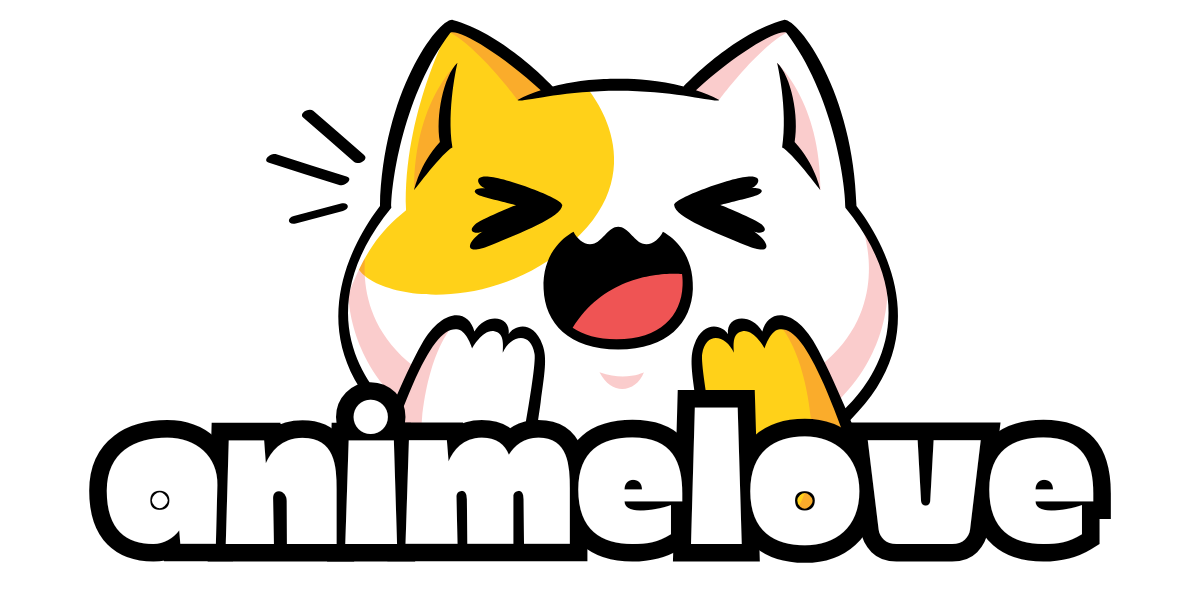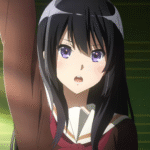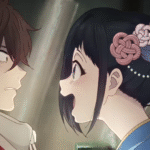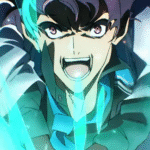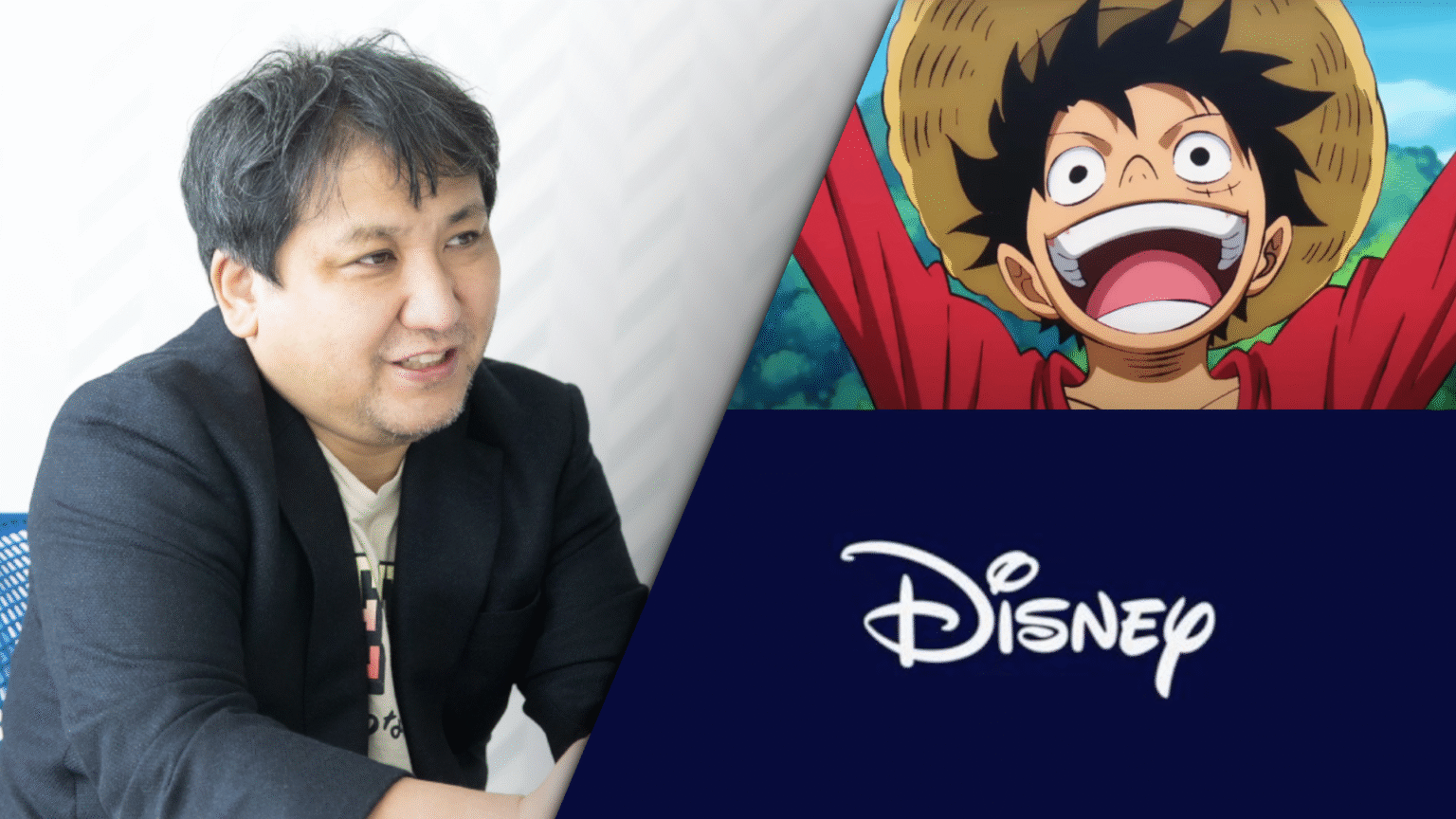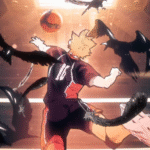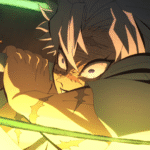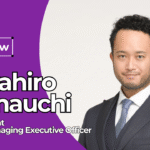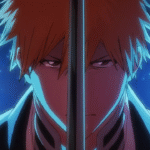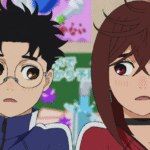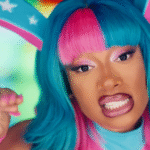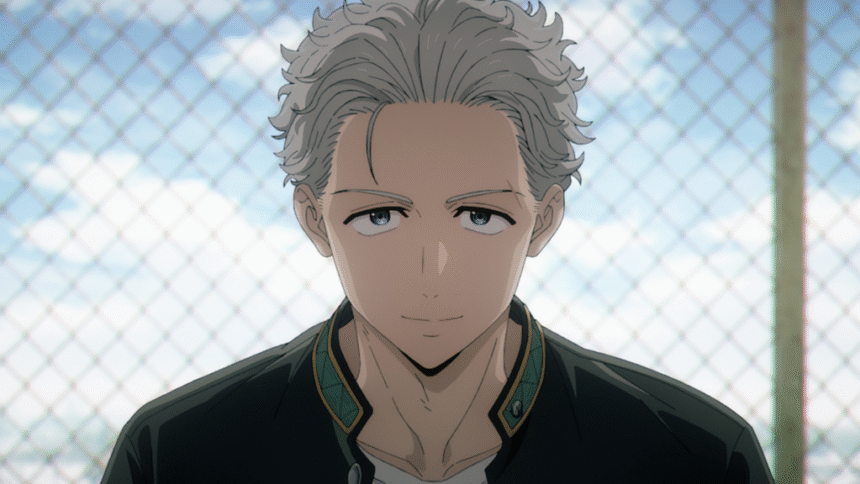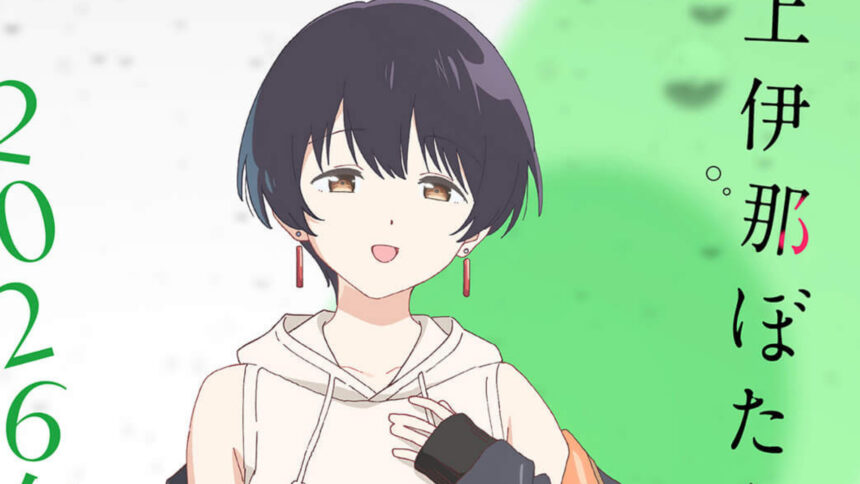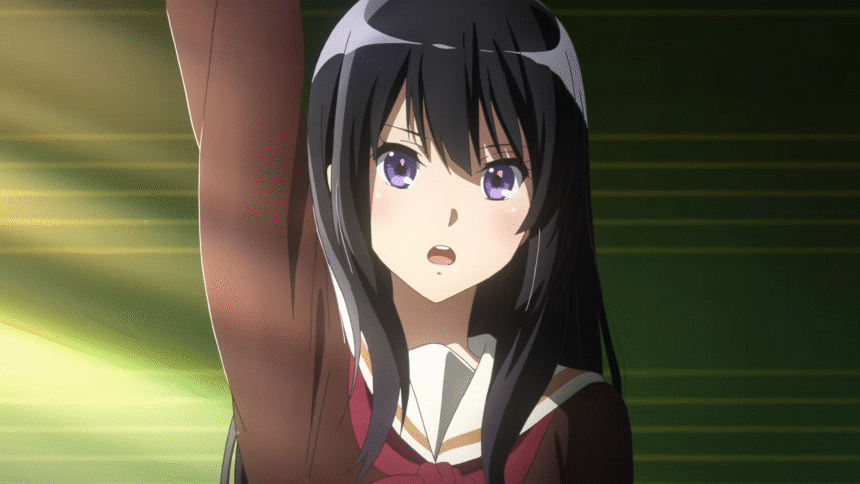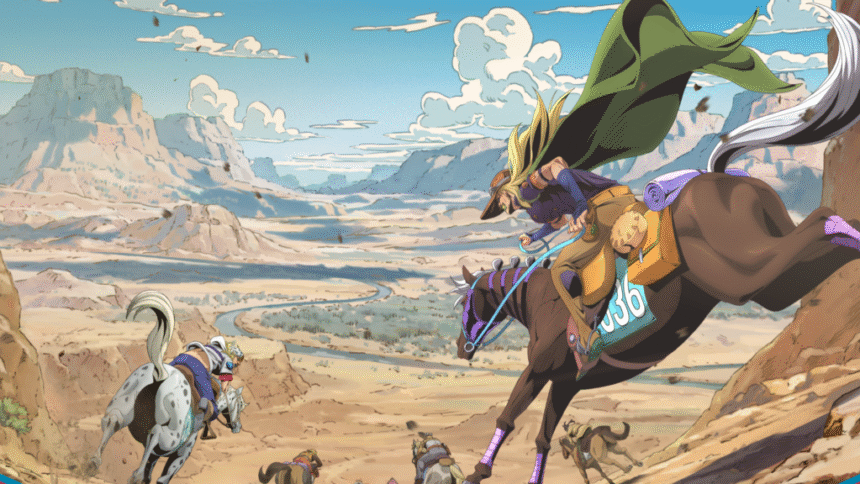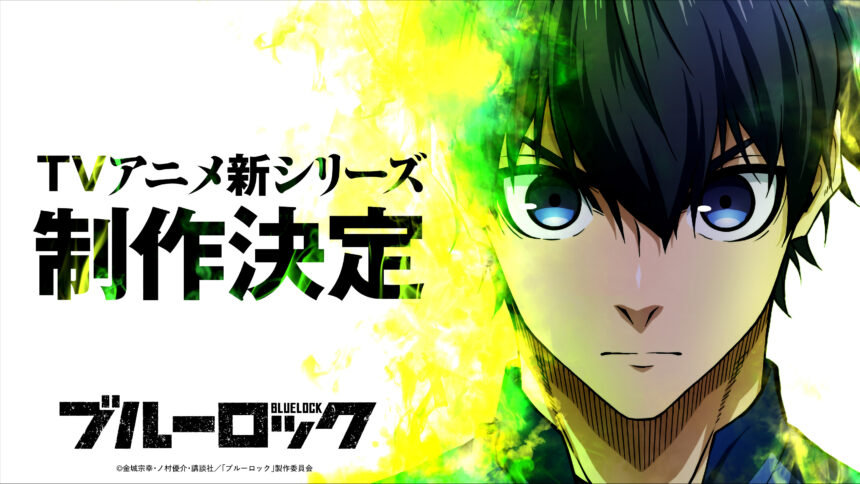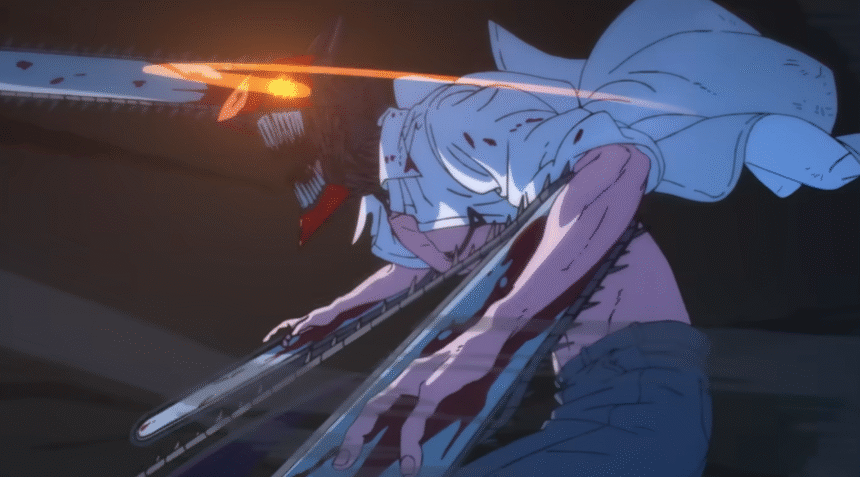Tatsuya Nagamine, anime series director of One Piece (2017, 2019–2025), One Piece Film: Z, and Dragon Ball Super: Broly, recently shared why he believes anime has become so popular overseas, capturing a market that he says Disney has historically failed to. He also discussed his thoughts on the anime industry and production more broadly.
ALSO READ:
Hacker Group Claims Responsibility for Cyberattacks Against Anime Studios of One Piece and Kaiju No. 8 per NTT Security
Nagamine says that Japanese anime is popular around the world, “probably because of its eccentric works. For now, Japanese anime is the only one that has the fun of being so bizarre and eccentric, and you never know what’s going to happen next.” He adds that this has become a sort of brand for Japanese anime, akin to the expectation that a fashion show by a French designer will feature near-nude costumes.
The unpredictability of Japanese anime contrasts with Disney, says Nagamine, who added, “Also, Japanese anime is mainly broadcast on television, so it changes every three months. There’s a whole range of different works being produced one after the other. It’s not like the Disney-like style of predictable story beats. I wonder if overseas anime fans are already tired of that Disney-like style of predictable anime.“
ALSO READ:
Kung-Fu Panda 4 Co-Director & Toei Animation Reportedly Working on a Feature Film
Meanwhile, Shinji Shimizu, advisor to Toei Animation, adds that Disney had a history of not showing foreign animation, especially Japanese ones, and always produced stories with happy endings:
“In the past, America wouldn’t show animation from other countries, especially Japanese animation, in its cinemas. There was a confidence that Disney was American animation, and so there was a cold view of Asians. Also, Japanese animation comes from manga, right? Characters are carefully depicted. Disney stories, on the other hand, are unchanging. The story must always have a happy ending.
However, Japanese anime is made in a way that even adults can understand, such as the protagonist dying midway through, or a character thought to be a bad guy turning out to be a hero. Japanese anime started out as a niche industry, so it’s free to do whatever it wants. There is a demographic in America that is tired of Disney, and these people have started to support Japanese anime, saying, “Japanese anime is great.“
Some anime creators believe that the U.S. still holds a prejudiced view toward Japanese anime. Noritaka Kawaguchi and Mie Onishi, the founder and an advisor to CoMix Wave Films, respectively, shared their frustration at Hollywood’s view of anime as a “cheap alternative.” They also argued that Hollywood’s bias towards its works held back the recognition of Japanese anime at awards ceremonies.
ALSO READ:
‘Some Generations Within Our Industry That View Anime As P*rnography’: Former Crunchyroll Producer Gives Insight Into Hollywood Perceptions on Anime
In the full interview, you can read Nagamine’s discussion on the shift to digitalization in the anime industry, which lowered costs. Meanwhile, the rising demand for high-quality spectacles is also increasing costs. He also speaks about the challenges of capturing certain types of animation—particularly the simple, everyday movements, such as smoking or sitting down. Shimizu also explores the global spread of anime.
Source: President Online
©Eiichiro Oda/Shueisha, Toei Animation © Disney
